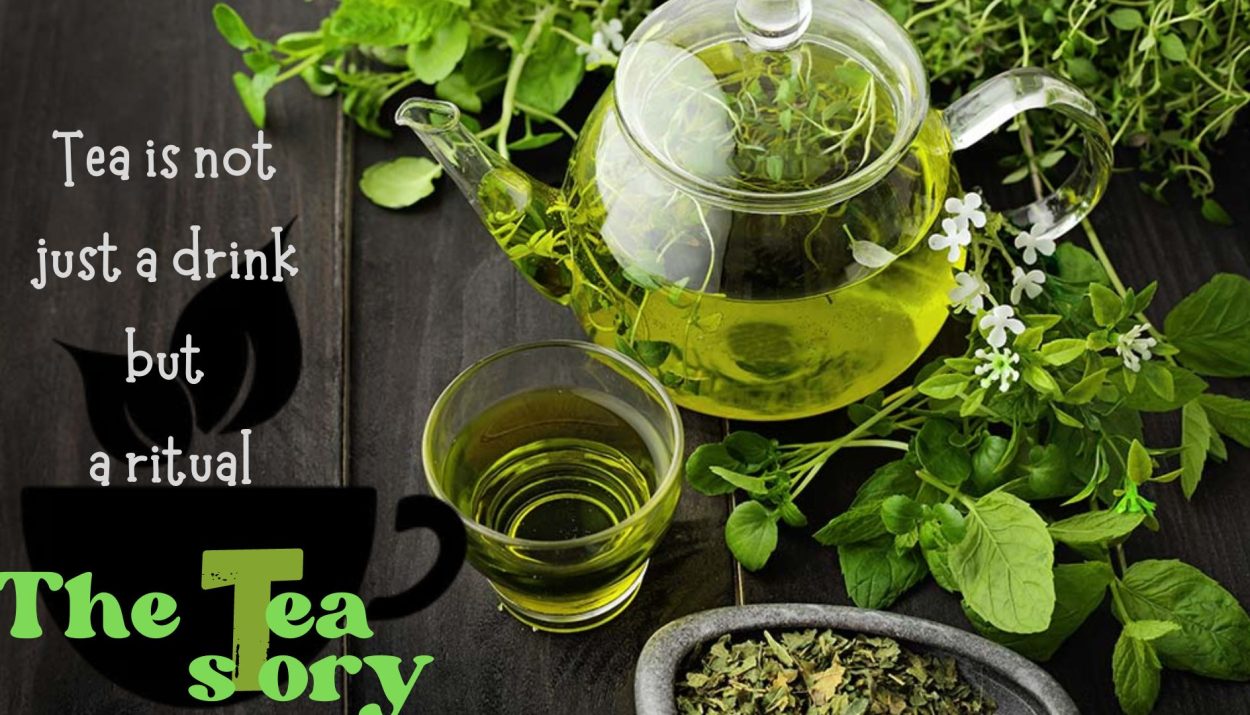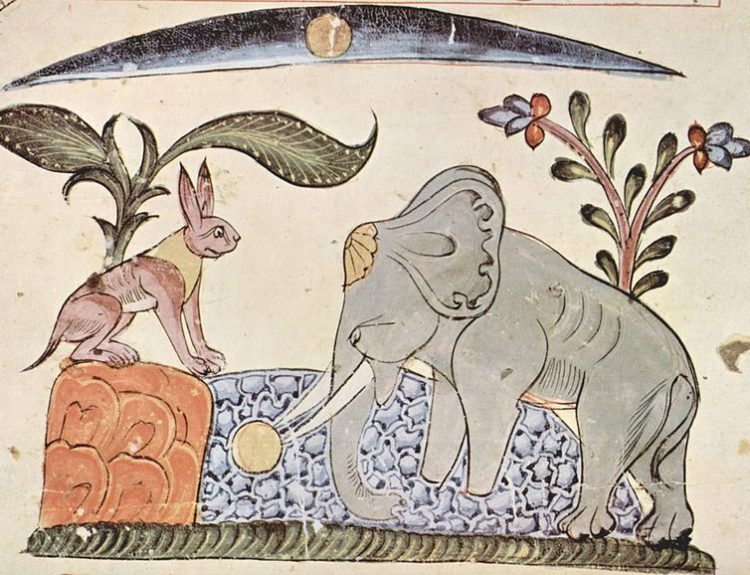Tea is one of the most consumed hot beverages in the world. It is the perfect drink to start the day. The article explains the brief history of the tea tradition.
The tradition of drinking tea began in ancient China about 5000 years ago. As we know today tea is drunk all over the world and everywhere people drink tea according to their way.
Tea is a combination of heat, moisture and green leaf. There are hundreds of methods of making tea. All types of tea are derived from a plant called Camellia sinensis. Tea is not just a drink but a ritual in many countries.
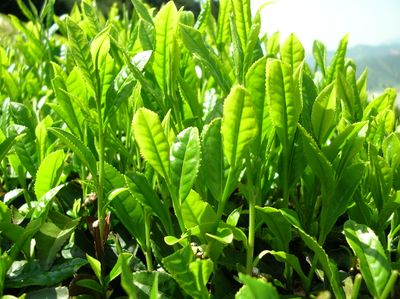
International Tea Day
According to the United Nations site-
The United Nations General Assembly designated 21 May as International Tea Day. It aims to encourage and promote collective actions to implement activities for the sustainable production and consumption of tea and to raise awareness to fight hunger and poverty.
Origin of Tea
The history of the origin of tea is an interesting story. The history of tea dates back to around 2700 BC. According to legend, a Chinese emperor named Shen Nung was sitting under a tree and his servant was boiling water in a pot when some leaves from a wild tree fell into the pot. Shen Nung decided to drink the resulting brew that his servant had mistakenly made. It tasted delicious. That tree was Camellia sinensis and the resulting drink was what we now call tea.
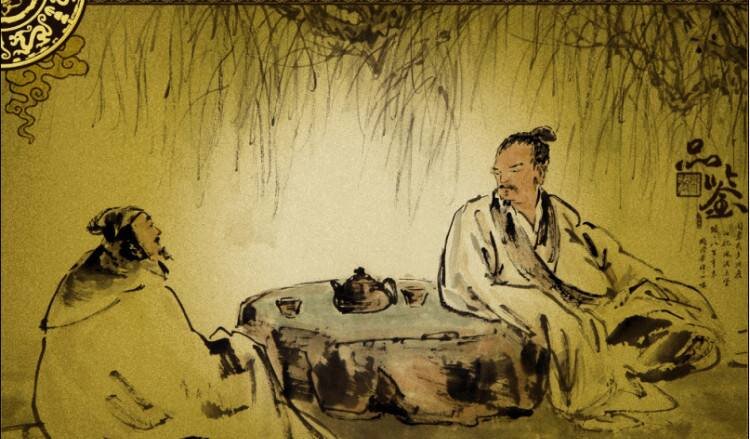
There is no scientific evidence for this story. But it is a fact that China is the origin country of tea culture. It is the first country in the world to cultivate tea. They have developed different varieties of tea with unique flavours because the geographical conditions favour their planting. The tea leaves were used primarily for medicinal purposes and secondarily as a beverage.
Tea plays an important role in Chinese culture. The “Gongfu cha (or gongfu tea) ceremony” refers to making tea with skill. This is a popular and unique way of preparing tea in China.
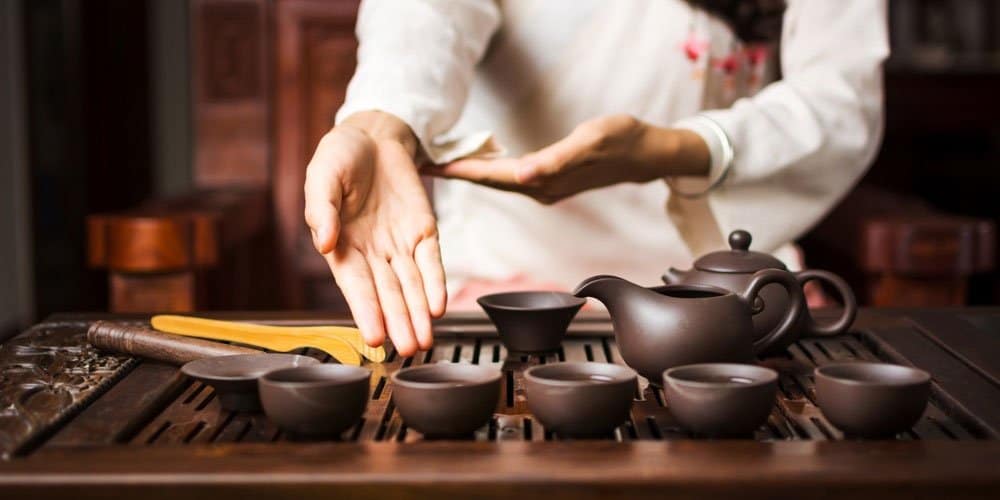
Tea was brought from China to Japan by a travelling Buddhist monk who went to China to study and tea was later integrated into Japanese culture. They have their way of tea ceremony called “Matcha”.
The custom of drinking tea spread from China to other countries through cultural exchange via ancient trade routes.
History of Tea in India
India is the second largest producer of tea in the world (China is the largest producer). Tea is so prevalent in India that its people consume 70% of the tea produced by it. Tea is called “Chai” in Hindi. It was the British who introduced tea to India to reduce China’s monopoly on the global tea trade.
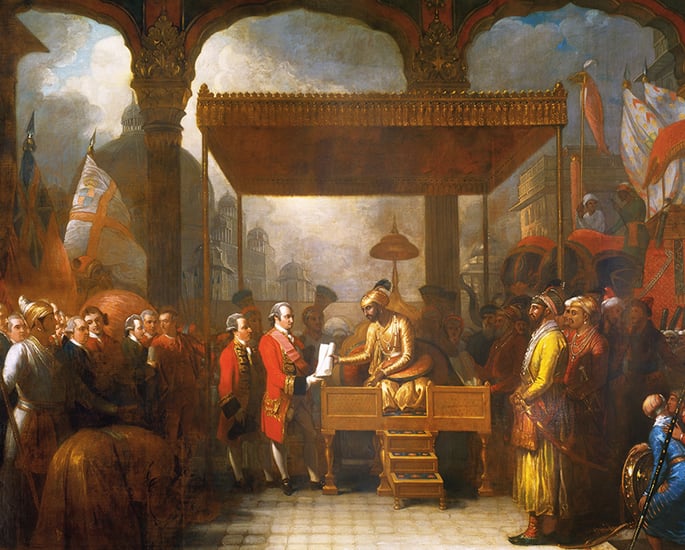
China supplied tea to the western world, especially Britain. Trade between China and Britain had become difficult because of the Anglo-Dutch Wars. The British began producing opium in India and exchanging it for tea with China (via smuggling). Later in 1848, Britain sent Robert Fortune (a Scottish botanist) to China where he stole tea seeds and send them to India. But the Chinese seeds were unsuitable for cultivation in India.
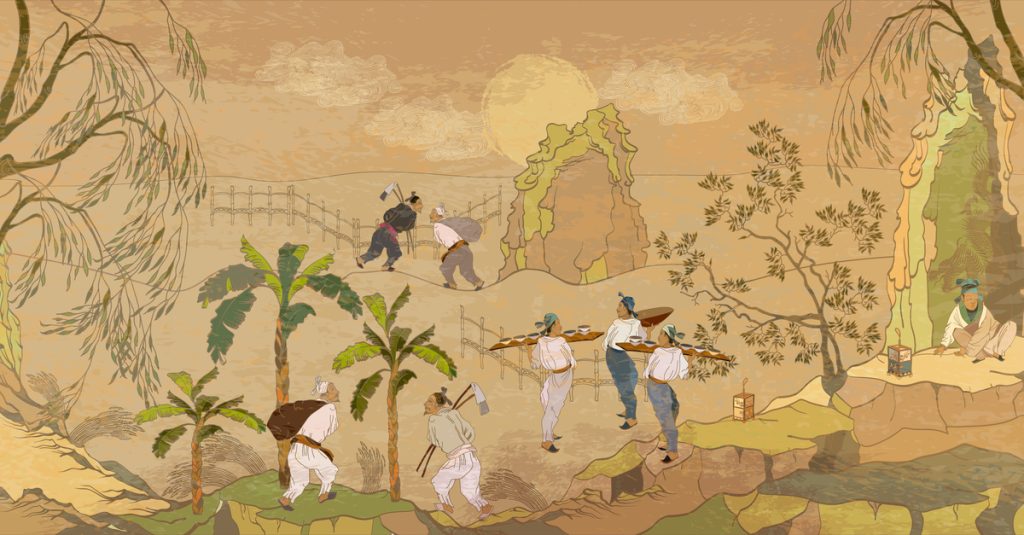
Keep in mind that the tea plant was also native to India but was discovered later. Indigenous tea plants were discovered in the Indian state of Assam in 1823. It was Maniram Dewan, a local merchant, who introduced Robert Bruce (a Britisher) to the Singpho people, who were drinking something similar to tea. The natives used the leaves for medicinal and cooking purposes. Later came to know that it is tea. This variety is different from the Chinese and is named Assamica.
Assamese tea began to be grown on a large scale and after several trials, a commercial tea plantation in India was established in Assam in 1837. Later, tea plants were also grown in other areas like Darjeeling and Kangra Valley.
Tea in India is produced by mixing black tea with milk, sugar and other spices such as cinnamon, cloves and ginger. All aspects related to tea in India are under the control of the Tea Board of India with its headquarters located in Kolkata. According to the board, today there are 43,293 tea gardens across Assam, 62,213 tea gardens in the Nilgiris and only 85 tea gardens in Darjeeling.
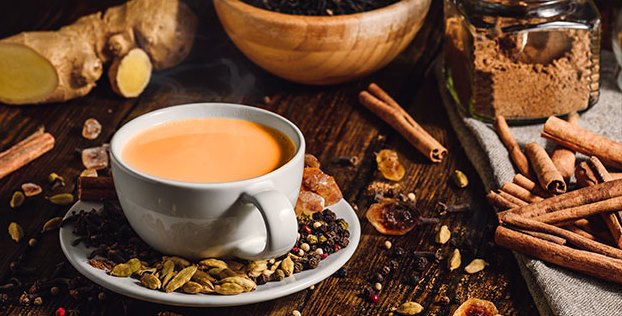
Conclusion
Although tea was first cultivated in China, today tea is grown in many countries around the world. Currently, there are more than 3000 varieties of tea. Each region has developed its way of making tea.
Tea is an integral part of our lifestyle.
References
The Origins and History of Tea
How chai arrived in India 170 years ago
An Overview: The tea Industry in India
Ancient China: The Birthplace of Tea


